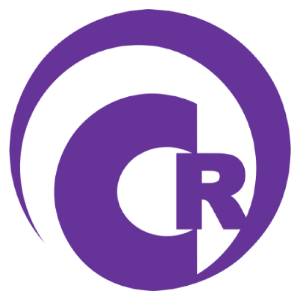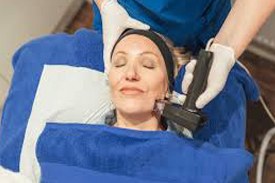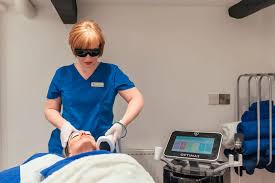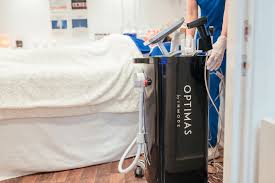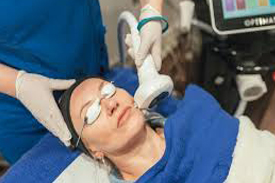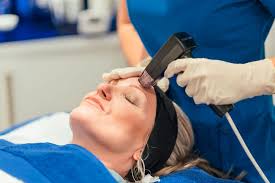Our Team
Our medically led team in Chester will take you from your initial conversation all the way through to completing your Botox treatment.
With over 50 years combined aesthetic experience and 1000’s of Botox clients seen you know you are in safe hands.
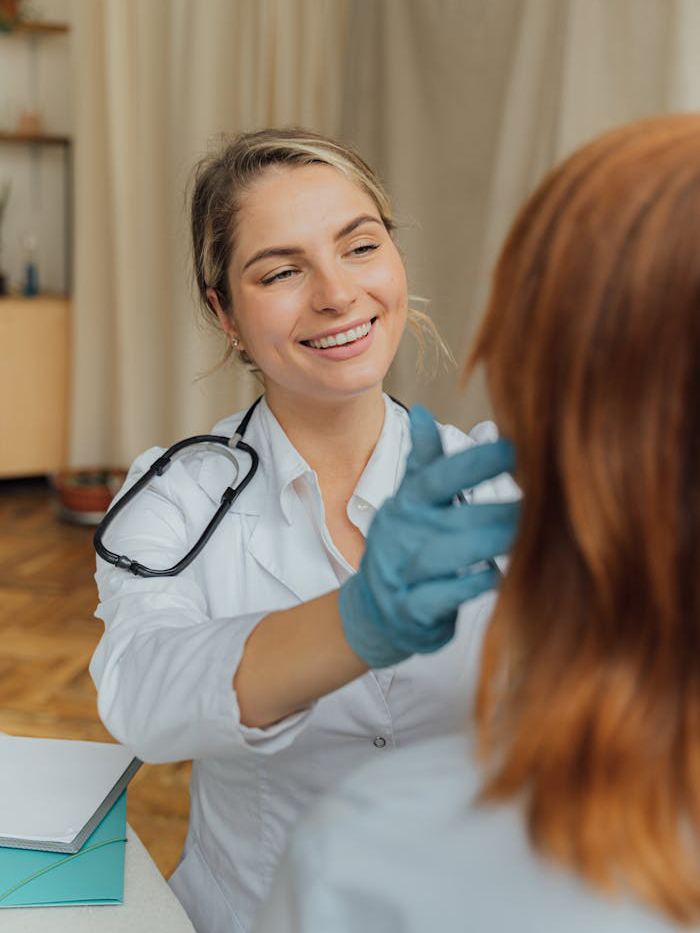
What areas can be treated with Botox?
Botox (Botulinum toxin) is a prescription-only medication known for its versatility in treating various areas.
These areas include:
- Frown or Glabellar Lines
- Crow’s Feet
- Bunny Lines
- Forehead Lines
- Dimpled Chin
- Lip Lines
- Neck Bands
- Gummy Smiles
Botox can be used for a number of medical conditions.
Some medical conditions include:
- Migraines
- Excessive Sweating (Hyperhidrosis)
- Overactive Bladder
Free Consultation
We believe that all treatments start with a consultation so please book one for free at our Chester clinic.
We won’t even treat you on the day of your consultation because we want you to have time to think about your treatment rather than rushing into it.
Botox before & after images
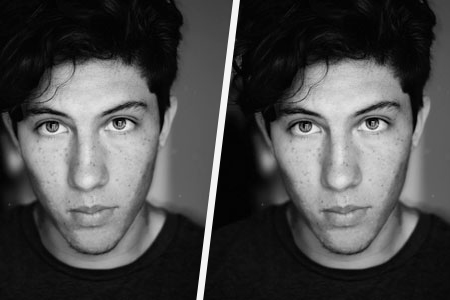
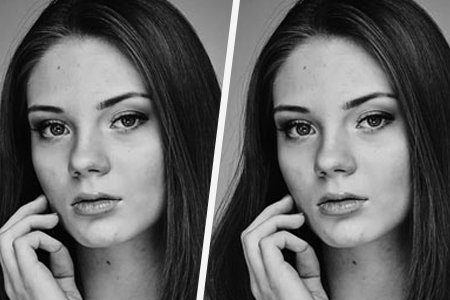
01244 346569
Botox Costs
For full Botox costs please call the Chester clinic on 01244 346569 or email admin@consultingroom.com.
Botox Injections
From £000.00
Gummy Smile
From £200.00
Dimpled Chin Treatment
From £300.00
Jaw Slimming Teeth Grinding
From £375.00
Excessive Sweating
From £400.00
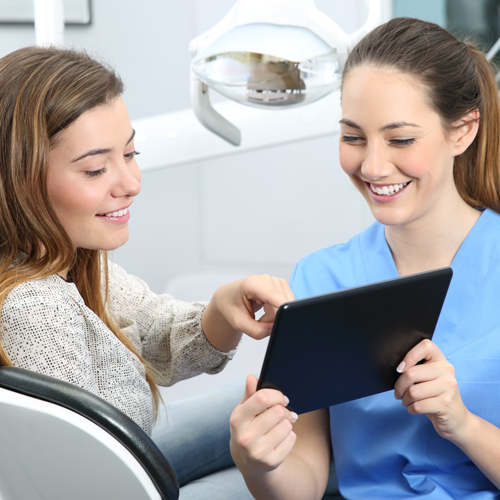
1 | Your Consultation
Before any non-surgical aesthetic treatments, a thorough consultation at our Chester clinic is essential. During this session, a comprehensive holistic and integrative medical assessment will be conducted to ensure your safety and suitability for the Botox treatment.
This initial step is crucial in your aesthetic journey, as it guarantees you receive the most appropriate treatment plan tailored to your desired results. Additionally, the consultation offers an opportunity to understand your needs, answer any questions, and address any concerns you may have.
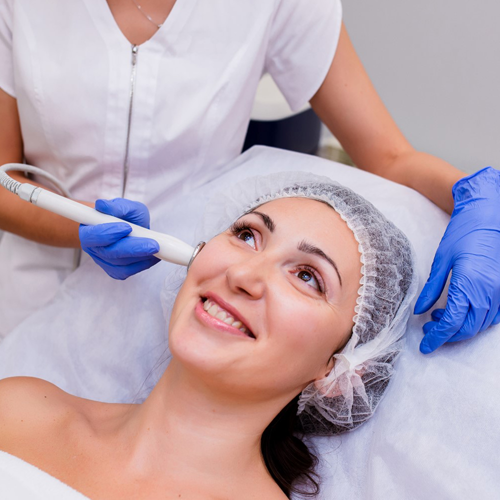
2 | Your Treatment
Care is tailored to meet your unique needs, with all injectable treatments personally performed by a medical professional. We offer both in-clinic professional treatments and homecare options designed to improve skin health and address various skin conditions, enhancing your natural appearance. The results often extend beyond the surface, boosting your confidence and overall well-being.
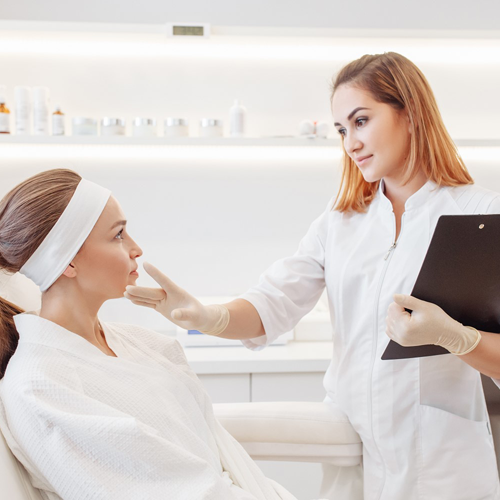
3 | Your Aftercare
Review appointments are available after prescribed injectable medical treatments to assess post-treatment results.
We are committed to ensuring every patient receives the highest level of care and the best possible outcomes. After your appointment, you will receive written aftercare advice to follow at home. Additionally, I can prescribe skincare products for home use that will aid healing, improve your skin, and enhance your results.
Frequently Asked Botox Questions
If we haven’t answered your Botox questions below please email admin@consultingroom.com
Blank tiggle [ do not edit ]
What is Botox?
Botox is the brand name for botulinum toxin type A, a muscle relaxer that’s been used for decades to treat a variety of medical conditions and for cosmetic reasons. Botox injections are made from onobotulinum toxin type A.
Botox is most commonly used as an injectable cosmetic treatment to smooth the appearance of facial lines and wrinkles, most commonly to reduce forehead wrinkles and forehead lines, crow’s feet and frown lines. It can also be used to treat medical conditions and certain disorders such as chronic migraines and headaches, excessive sweating (hyperhidrosis), overactive bladder, and a lazy eye.
For a more detailed view of what Botox is and how it works please click here to read our FAQ.
How Does Botox Work?
Botox is a purified protein that’s injected into muscles to relax them by blocking certain chemical signals from nerves that cause muscle contractions. It’s made from Clostridium botulinum toxin and has been used for medical and cosmetic purposes since the 1980s. Botox injections are often used to temporarily relax the facial muscles that cause facial wrinkles, but it can also be helpful in treating other areas of the body, such as underarms, neck and hands.
Botox was originally discovered by scientists who were studying bacteria called Clostridium botulinum in the 1970s. This type of bacteria occurs naturally in soil and water, which means that if you eat food that contains it without properly cooking it first (like improperly prepared fish or eggs), you could become ill or even die! But when used properly by a medical practitioner such as a licensed doctor, dentist or nurse practitioner, this toxin can help eliminate wrinkles on your face while keeping them safe from harm too!
What Is Botulinum Toxin?
Botox is a brand name for onobotulinumtoxin type A (botulinum toxin), a neurotoxic protein that is injected into specific muscles with a thin needle to reduce the appearance of wrinkles. Botulinum Toxin injections prevent the release of certain chemical signals and messengers coming from nerves which provide a temporary reduction in muscle contraction and movement.
Other brands of botulinum toxin available in the UK include Bocouture, Azzalure, Letybo and Nuceiva. New brands are emerging, but these are currently the most well-established and widely used. They are all approved for cosmetic use in adults.
What Areas Can Be Treated With Botox?
Botox can be used to treat a variety of conditions. Some of the most common uses for Botox include:
- Botox For Your Frown or Glabella Lines
- Botox For Crow’s Feet
- Botox For Bunny Lines
- Botox For Forehead Lines
- Botox For Dimpled Chin
- Botox For Smile Lines
- Botox For Neck Bands
- Botox For Gummy Smile
It can also be used to treat:
- Botox for excessive sweating (hyperhidrosis)
- Botox For Migraines
- Botox For Overactive Bladder
What Does a Botox Treatment Feel Like?
You will feel nothing at all when Botox is being injected into your skin. It is a very quick process, and patients typically feel no pain during their treatment. The entire procedure takes only a few minutes to complete and involves an injection of a small amount of Botox into the area that needs it. The medication works to temporarily relax muscles that cause wrinkles, which gives you smoother skin for up to four months before any further treatments are needed.
What Are the Risks of Having Botox?
-
Allergic reactions: A small percentage of people develop an allergic reaction to Botox. However, an allergic reaction to Botox is very rare. Symptoms can include redness, burning, itching and swelling at the injection site. If you experience a severe reaction after getting Botox and have trouble breathing, double vision, or trouble swallowing, contact your medical practitioner immediately and seek medical attention.
-
Droopy eyelids: It’s not uncommon for patients to develop droopy eyelids, also called ptosis, after getting Botox injections in their forehead area (glabellar). Apart from waiting, your medical practitioner can give you eyedrops to help with droopy eyelids or administer more Botox to counteract relaxed muscles. Droopy eyelids may negatively affect your confidence but will typically only last for four to six weeks.
-
Dry mouth: Masseter treatment with Botox could potentially cause temporary dry mouth. It’s unlikely to cause such a side effect if you had a treatment in the upper face. Side effects like this more commonly occur among men than women and usually last only a few days following treatment, according to the American Society of Plastic Surgeons (ASPS). If dry mouth continues beyond that point or becomes unbearable while it lasts then you may need additional medication like lip balm or throat lozenges until it goes away completely – but don’t worry – this isn’t permanent!
How Soon Will I See the Results?
The process of Botox injection takes only a few minutes and you can return to your normal activities immediately.
The results of Botox will begin to be visible within days of the treatment, with the full effects being evident within two weeks.
How Long Does Botox Last?
No one knows how long Botox lasts. It varies from person to person and from area to area. Generally speaking, it lasts between three and six months. The most important thing is not how long it lasts but whether or not you are happy with the results.
Who Can Have Botox?
Botox is safe for most people, but there are some groups of people who should not have Botox.
-
People with certain neuromuscular disorders such as Myasthenia Gravis
-
People who are taking certain muscle relaxants and certain antibiotics
-
People with inflammation or infection at the potential treatment site
-
Pregnant women: The solution to this problem is simple – women who are pregnant should not take Botox.
-
Pregnancy and breastfeeding. There is not enough data to suggest if it’s safe to use botox while pregnant or breastfeeding, It is best to be on the safe side and avoid treatment while you are pregnant or breastfeeding
-
People with certain conditions: People with bleeding disorders, such as haemophilia or von Willebrand disease, should not have any kind of injectable medication because it can cause them to bleed excessively or even die from an internal haemorrhage or an injury caused by uncontrolled bleeding after injection. In addition, anyone who has had previous reactions to botulinum toxin (also known as Botox) injections or any other injectable medications should not receive another injection when it is done under local anaesthesia because those symptoms will return if you have another one and could be worse than before the first time around!
When Should I Start Getting Botox?
It’s best to start your treatment when you want to prevent the earliest visible fine lines and wrinkles from becoming deep and visible. While botox treatment has been approved for people age 18+, it’s best to start your treatment in your late twenties or early thirties, or when you begin to notice the early signs of ageing.
The best time to start is before you have wrinkles since it’s easier to treat wrinkles when they’re still developing.
How Long Does Botox Treatment Take?
Getting botox treatment takes only a few minutes but can vary depending on the treatment area. It’s injected with a fine needle into the muscles after they are assessed on animation by your medical practitioner to help find the right injection points.
The treatment takes about 15-20 minutes.
Can I Go Back to Work After Having Botox?
Yes, you can go back to work after having Botox treatments. In fact, most people do just that! You rarely may have some mild bruising and swelling associated with the treatment. This is usually gone within a few days but if it doesn’t go away or becomes worse, make sure to call your doctor.
It’s important not to wear make-up for at least 24 hours. You can also use cold packs and arnica cream (available online) to reduce bruising, swelling and redness of the skin around your eyes.
What Should You Not Do After Botox?
Staying out of the sun is important. You should also avoid the following:
-
Applying skin care products or makeup for the next 24 hours
-
Rubbing or massaging the treatment area
-
Doing strenuous exercise that potentially can make you hot and sweaty
-
Going into saunas, spas, hot and steamy environment
-
Using retin-A, alpha hydroxy or glycolic acids on your skin
If you have any questions, consult your Doctor.
Get in touch with us!
Phone: 01244 346569
Email: admin@consultingroom.com
Address:
37 Oaklea Ave, Chester, CH2 3RG
